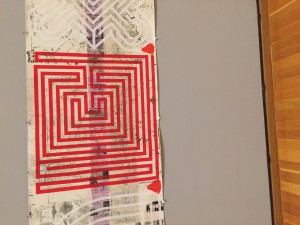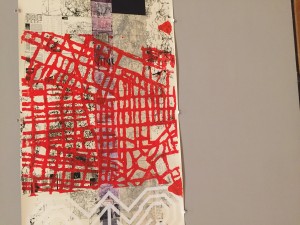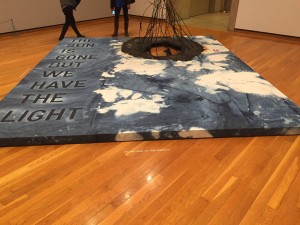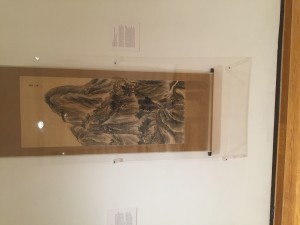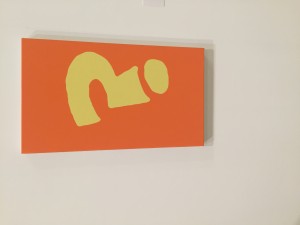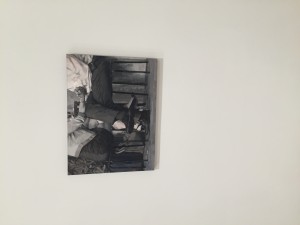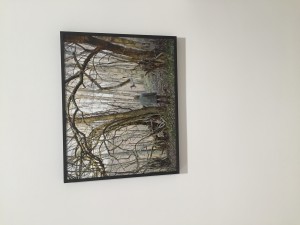Last Wednesday’s Rose Café focused on how to navigate through college, some facts about endowments and also included some tips for succeeding in college. The most important thing that I took from the lecture was just to take classes that have great professors because they can make the material interesting to you. I think that this is great advice but it is not something that can be done all the time because there are some required courses that are taught by the same professor in the fall and spring. When it does work it’s great. I’ve had friends tell me, “You should take that class in the spring case it’s easier”
I thought that the part of the lecture that focused on the finances behind college was interesting. I learned that Cornell has a $6 billion endowment and in one particular year Harvard’s endowment increased by the total value of Cornell’s endowment. I also learned that although colleges with higher endowments have higher cost of attendance than public colleges, they actually turn out to be cheaper. Prior to coming to Cornell I used to think that international students won scholarships from their respective countries and that’s how they were able to afford studying in the US. At the Rose Café event I learned that is not the case and that a lot of international students come from pretty wealthy and powerful families.



